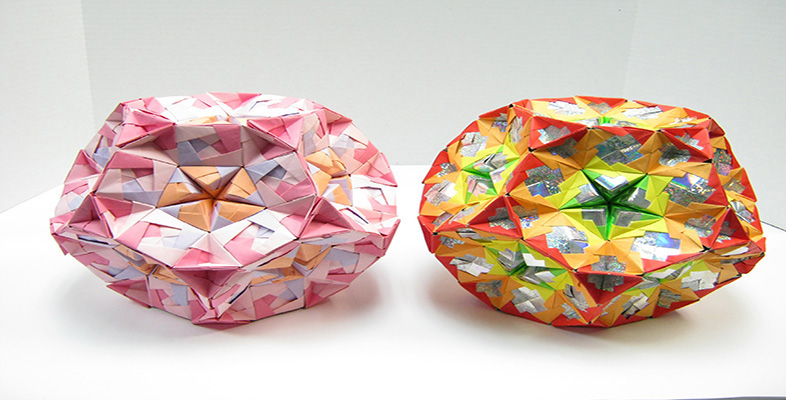6 Life cycle: afterlife
Transition from ‘consumption’ to ‘afterlife’
All these events relate to the biography of the netsuke as part of its transition from the phase of ‘consumption’ to the ‘afterlife’ stage in the object life cycle (Figure 1). In this case the UK government accepted ownership of the netsuke in lieu of inheritance tax and passed them into the care of the British Museum.
The British Museum’s Report and Accounts notes the arrival of related objects:
Japan featured prominently in the year’s acquisitions. A fine impression of Hokusai’s celebrated The Great Wave [Tip: hold Ctrl and click a link to open it in a new tab. (Hide tip)] (1830–3) was acquired with support from The Art Fund. A group of 19th-century netsuke, accepted by HM Government in lieu of inheritance tax, was allocated to the [museum]. The 26 tiny carvings of ivory, horn or wood depict priests and devils, old women and babies, wolves and toads, and even two apes playing Go.
